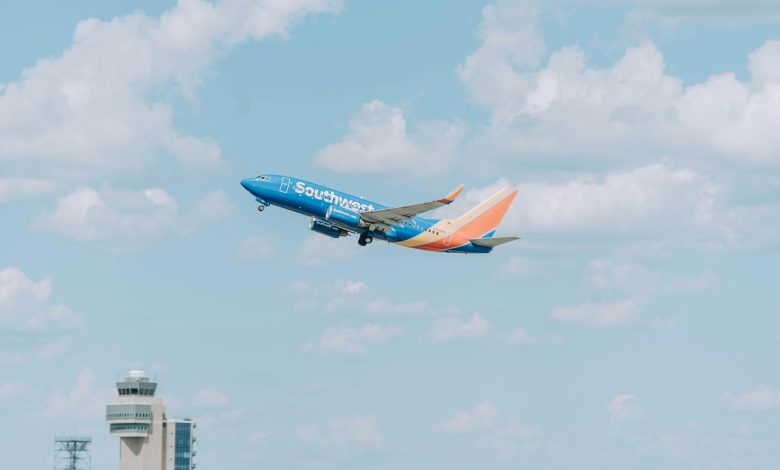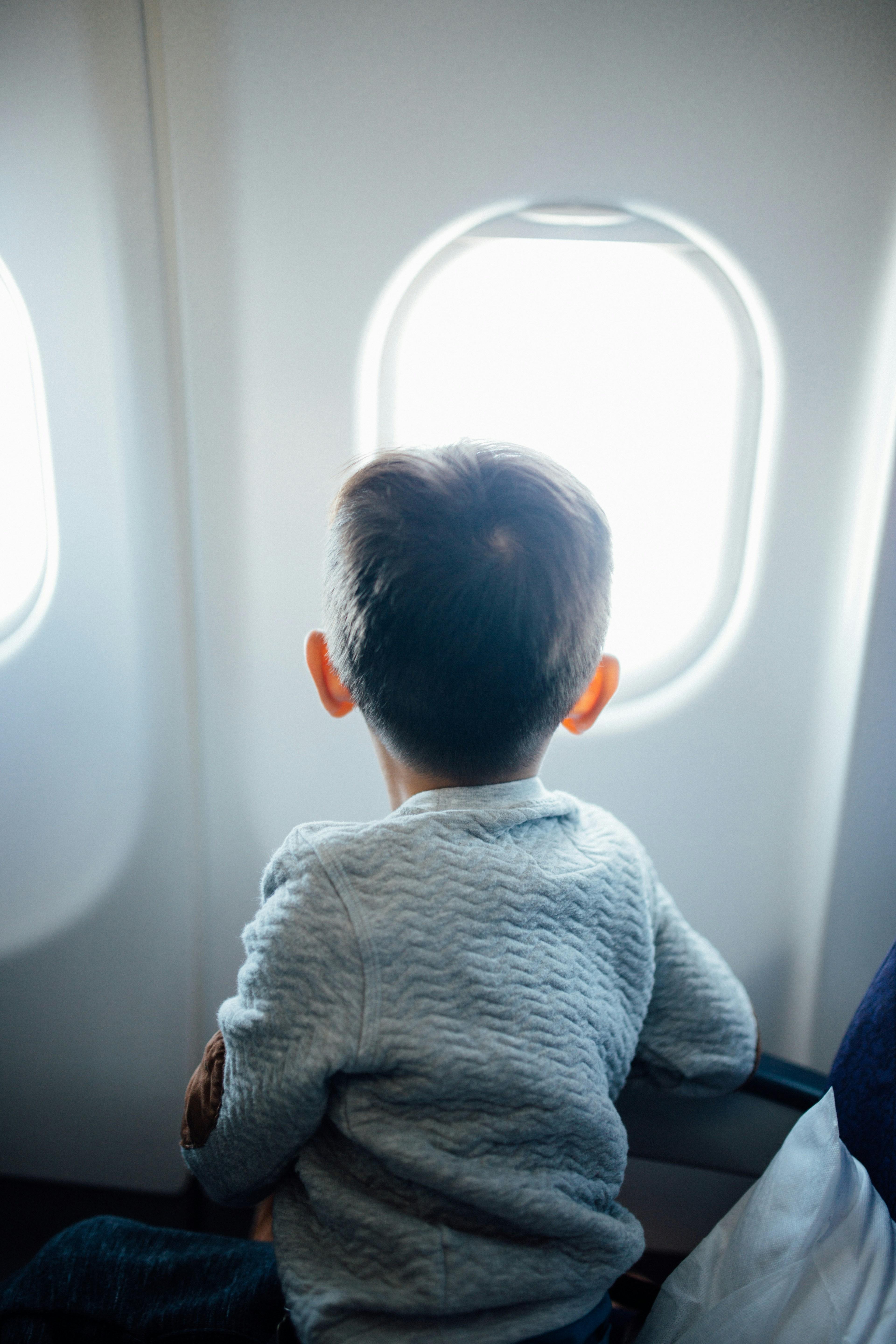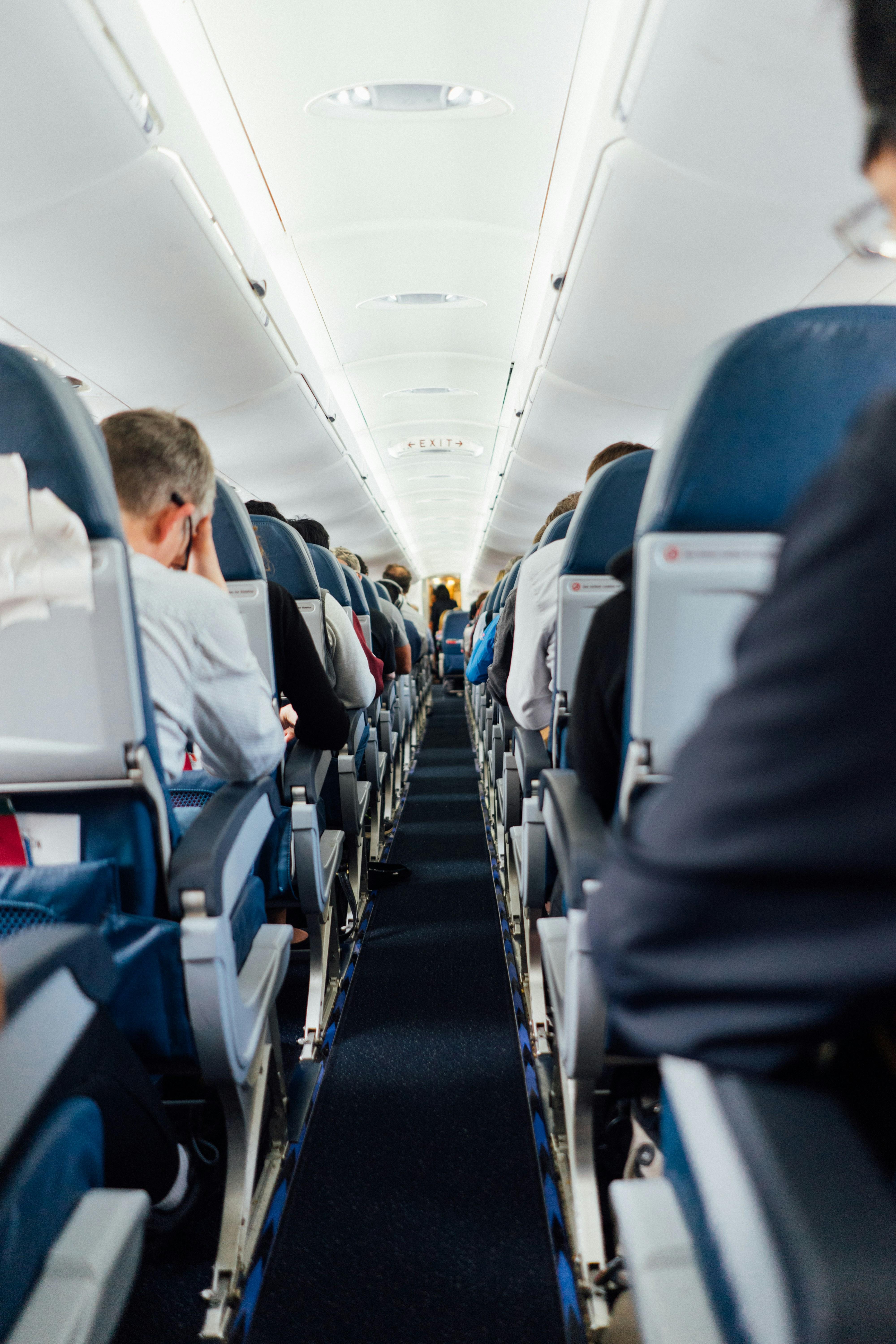
In the complex world of air travel, frequent flyer programs have long served as a strategic tool for airlines, offering travelers the promise of reward flights in exchange for their loyalty. However, a question that often arises among savvy travelers and industry analysts alike is whether airlines manipulate award availability to serve their own interests. This article delves into the intricate dynamics of award seat allocation, examining the extent to which airlines may influence availability to optimize revenue, manage demand, and maintain competitive advantage. By analyzing industry practices, consumer experiences, and expert insights, we aim to shed light on the mechanisms behind award availability and explore whether these practices align with or diverge from consumer expectations.
Understanding the Mechanics of Airline Award Systems
Airline award systems can often seem like a complex puzzle, with pieces that are frequently shuffled around. To understand how these systems work, it’s essential to recognize the various factors that airlines consider when determining award availability. Airlines use sophisticated revenue management systems to balance the sale of revenue tickets with the allocation of award seats. This involves analyzing historical booking patterns, demand forecasts, and competitive dynamics to optimize seat availability. The goal is to maximize revenue, which sometimes means limiting the number of seats available for award travel, especially on high-demand routes or during peak travel periods.
- Dynamic Inventory Control: Airlines frequently adjust award seat availability based on real-time data and trends. As demand for a particular flight increases, the number of award seats might decrease, and vice versa.
- Blackout Dates: Certain dates, like holidays or major events, often have restricted award availability due to anticipated high demand, further complicating the process for travelers looking to use their miles.
- Partner Airline Agreements: The availability of award seats can also be influenced by agreements with partner airlines, which may have different policies and constraints regarding seat allocations.
By understanding these mechanics, travelers can better navigate the complexities of airline award systems, strategically planning their trips to maximize the value of their accumulated miles.
Investigating Patterns in Award Seat Availability
When examining the ebb and flow of award seat availability, certain patterns often emerge, suggesting a complex interplay of factors at work. Airlines may adjust availability based on demand forecasts, flight load factors, and strategic promotional efforts. For example, during peak travel seasons, award seats may become scarce, while off-peak times might reveal a bounty of opportunities. Similarly, last-minute availability can sometimes be a surprising boon for the flexible traveler, as airlines seek to fill empty seats.
Observers have noted several consistent patterns that may suggest deliberate adjustments in availability:
- Release of award seats in waves: Airlines might initially release a limited number of seats and gradually open more as the departure date approaches, depending on remaining capacity.
- Regional differences in availability: Certain routes, particularly those with high competition, might show more generous award availability as airlines vie for loyalty.
- Tiered loyalty benefits: Members with higher status often enjoy access to a broader range of award seats, pointing to a tiered system that incentivizes loyalty.
These patterns underscore the importance of strategic planning and flexibility for travelers seeking to maximize their reward points. Understanding these trends can significantly enhance the ability to secure coveted award seats.

Analyzing the Impact of Dynamic Pricing on Award Travel
Dynamic pricing, a strategy that adjusts the cost of a product based on current market demands, has become increasingly prevalent in the airline industry, especially concerning award travel. This model allows airlines to modify the number of miles required for a reward ticket, reflecting factors such as seasonality, demand, and even time of booking. While this approach aims to optimize revenue, it has significant implications for travelers seeking to redeem their hard-earned miles. Understanding these effects is crucial for frequent flyers who wish to maximize their benefits in a rapidly changing landscape.
Several aspects of dynamic pricing impact award travel:
- Availability Variability: The number of seats available for award travel can fluctuate dramatically, often becoming scarce during peak travel periods.
- Price Fluctuations: As demand increases, so too can the number of miles required, sometimes making previously affordable routes unattainable for some travelers.
- Increased Complexity: The need to constantly monitor and adapt to changing prices can complicate the planning process for those looking to use their miles effectively.
By implementing dynamic pricing, airlines aim to align award travel with the principles of supply and demand, potentially benefiting those with flexible travel plans. However, it also raises questions about fairness and accessibility, particularly for travelers who may not have the luxury to adapt their travel dates or destinations at a moment’s notice.

Strategies for Maximizing Value from Airline Loyalty Programs
To truly leverage the full potential of airline loyalty programs, it is crucial to understand how these programs are structured and what strategies can be employed to maximize their benefits. One effective approach is to diversify your loyalty portfolio. While it might be tempting to concentrate all your points with a single airline, spreading them across different programs can provide flexibility and better access to award seats when availability becomes scarce.
- Monitor Promotions Regularly: Airlines often run special promotions that can significantly boost your points balance. Keeping an eye on these offers and acting swiftly can yield substantial benefits.
- Utilize Partner Airlines: Many loyalty programs allow you to redeem points with partner airlines, which can often have better award availability. Familiarize yourself with these alliances to unlock additional options.
- Be Flexible with Travel Dates: Flexibility can often be your best ally. Traveling during off-peak times can improve your chances of finding available award seats.
Another key tactic is to maximize earning opportunities. Make sure you are signed up for co-branded credit cards that offer bonus points on everyday purchases. Additionally, take advantage of point multipliers and shopping portals associated with the airline, as these can accelerate your point accumulation significantly.



